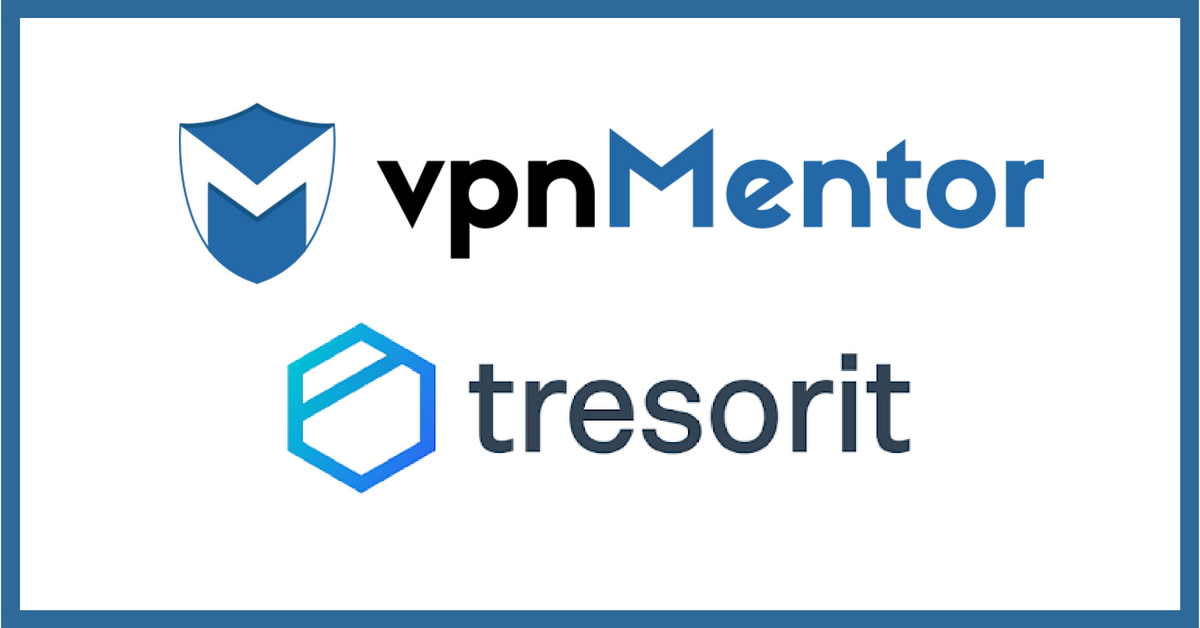
In doing so, we prioritize the benefits we receive from these services over knowledge and/or control of the security protecting the information we put therein. In both cases, we allow ourselves to be fully reliant on policies and measures put in place by others, often without sufficient understanding of the measures used to adequately evaluate their efficacy. We use tools like Twitter, AnyMeeting, Evernote, Trello, Google Docs, and others to seamlessly communicate, coordinate, and create across great geographical distances.
#Tresorit wikipedia free#
Meanwhile, at work, librarians seek opportunities to collaborate, and there are a plethora of free tools available to us for that purpose. In our personal lives, we conduct financial transactions, log our searches, map our comings and goings, and share the details of our day-to-day lives, exposing a trove of private information to the world without much consideration as to how it may or may not be protected. As our interactions through technology have increased, so has our acceptance of risk as it pertains to privacy. On top of this, other more subtle issues may stand in the way of our efforts at information security. Managing collaborative environments can be difficult in its own right, and most privacy technology is developed for use by individuals. Keeping this information secure can be a challenge, particularly when it must be shared.


In addition to protecting patron information, libraries must maintain other forms of sensitive information – account numbers, server passwords, etc.

However, whereas information security in 1939 consisted mainly of locking paper records in a file cabinet, the challenges in today’s digital world are far different.
#Tresorit wikipedia code#
Information security has been a concern of libraries for over 75 years, particularly in terms of patron privacy, as evidenced in the very first Code of Ethics adopted by the American Library Association in 1939: “It is the librarian’s obligation to treat as confidential any private information obtained through contact with library patrons” (ALA 1939). Privacy is a fundamental aspect of libraries.


 0 kommentar(er)
0 kommentar(er)
